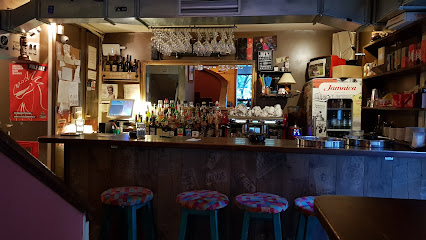
The Timeless Elegance of the Imperial Fountain
Explore the Imperial Fountain in Zadar, a historical landmark that embodies the city's rich heritage and architectural beauty.
The Imperial Fountain in Zadar is a historical gem that reflects the city's rich heritage, offering visitors a glimpse into its past. Surrounded by stunning architecture, this landmark is a must-see for tourists seeking to immerse themselves in the cultural tapestry of Zadar.
A brief summary to Imperial Fountain
- Zadar, 23000, HR
- Visit website
- Monday 12 am-12 am
- Tuesday 12 am-12 am
- Wednesday 12 am-12 am
- Thursday 12 am-12 am
- Friday 12 am-12 am
- Saturday 12 am-12 am
- Sunday 12 am-12 am
Local tips
- Visit early in the morning or late in the afternoon for the best light for photography.
- Take a moment to enjoy the surrounding architecture, which is a blend of ancient and modern styles.
- Bring a small bottle to refill from the fountain; it's a refreshing experience!
Getting There
-
Walking
Start at the Zadar Forum, which is easily accessible from various points in the city. From the Forum, head northeast towards the Church of St. Donatus, a prominent landmark. Once you reach the church, you will see the Romanesque bell tower of the Cathedral of St. Anastasia to your left. Continue walking in the same direction, past the cathedral, and follow the street that curves left. You will soon arrive at the intersection with Ulica Petra Zoranića. Turn right onto this street and walk straight until you reach the end of the street. The Imperial Fountain will be located on your left, near the entrance of the People's Square (Narodni trg).
-
Public Transport
If you are at the Zadar Bus Station, take the local bus line that heads towards the city center. Disembark at the stop named 'Narodni trg'. Walk a short distance towards the fountain. Head towards the square, and the Imperial Fountain is located near the entrance, easily visible from the square.
-
Bicycle
If you have rented a bicycle, start from the Zadar marina area. Cycle towards the Old Town through the main road. When you reach the city gates, park your bike nearby. From there, walk towards the Zadar Forum and follow the same route as described above by heading northeast towards St. Donatus Church, then onto Ulica Petra Zoranića, until you reach the Imperial Fountain.
Discover more about Imperial Fountain
Iconic landmarks you can’t miss
Opera Club Zadar
0.8 km
Discover the electrifying nightlife at Opera Club Zadar, where music and dancing create an unforgettable experience on the Adriatic coast.
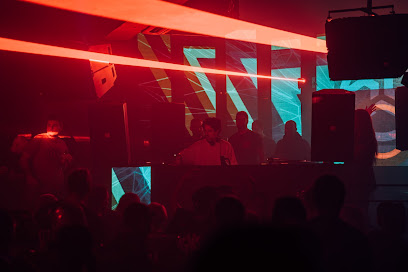
Relict aus Österreichischer Zeit bei der Enstehung des Parks
1.0 km
Explore Zadar's historical landmark that showcases the rich Austrian heritage interwoven with Croatian culture in a stunning coastal setting.
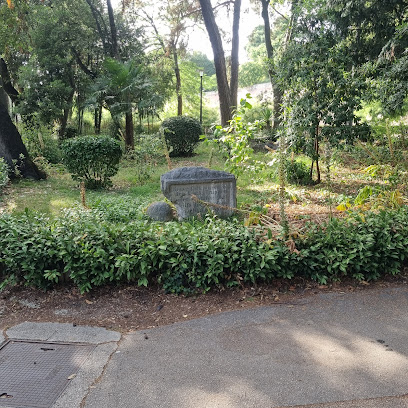
Zadarske gradske zidine
1.1 km
Explore the Zadar City Walls, a magnificent historical landmark that offers stunning sea views and a glimpse into the rich heritage of Croatia's coastal city.
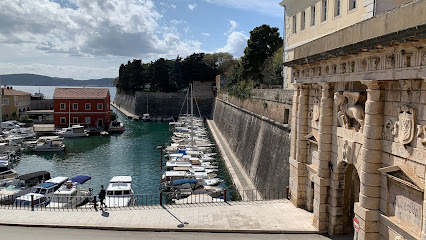
Zabytkowa wieża
1.2 km
Explore the iconic Zabytkowa wieża in Zadar, a historical tower offering stunning views and rich cultural heritage in Croatia's beautiful coastal city.
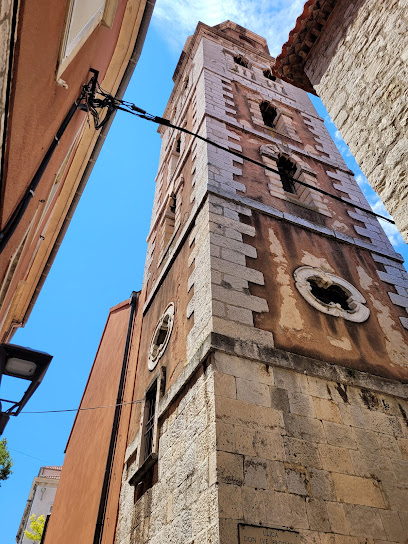
Dalmatia Heritage
1.2 km
Discover the wonders of Dalmatia with Dalmatia Heritage, your trusted travel agency for exploring Zadar's cultural and natural treasures.
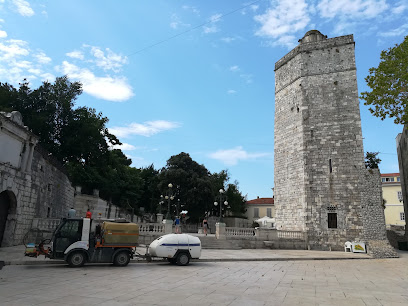
Puppet Theater Zadar
1.2 km
Discover the magical world of puppetry at the Puppet Theater in Zadar, Croatia, where stories come to life through enchanting performances.
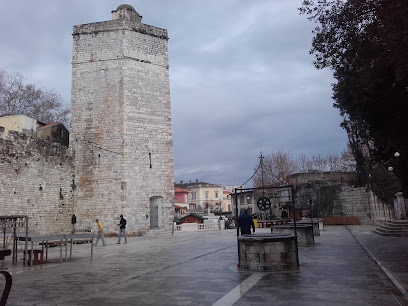
Jadera Secrets - outdoor escape game
1.3 km
Experience the thrill of adventure at Jadera Secrets in Zadar, where exploration meets intrigue in a captivating outdoor escape game.
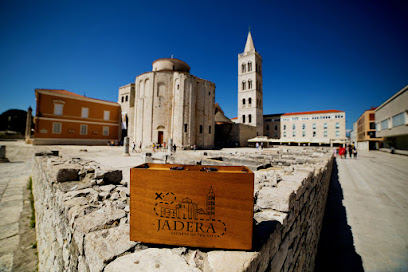
Tourist Information Centre Zadar City Tourist Board
1.4 km
Explore Zadar with ease at the Tourist Information Centre, your gateway to Croatia's stunning coastal beauty and rich historical heritage.
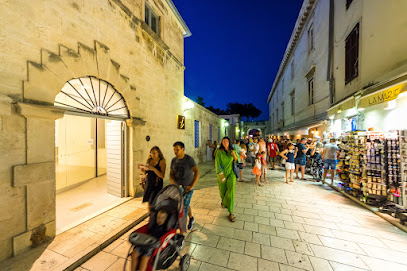
Arbiana Cruises
1.4 km
Discover the enchanting Kornati Islands with Arbiana Cruises, where adventure meets relaxation on the stunning Adriatic Sea.
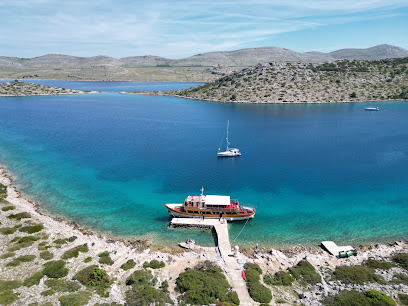
Zadar in January
1.4 km
Discover the serene beauty and rich history of Zadar in January, where winter unveils a captivating coastal experience.

Fazanka
1.4 km
Explore the stunning Adriatic coast with Fazanka, your premier boat tour agency in Zadar, Croatia, offering unforgettable adventures in national parks.
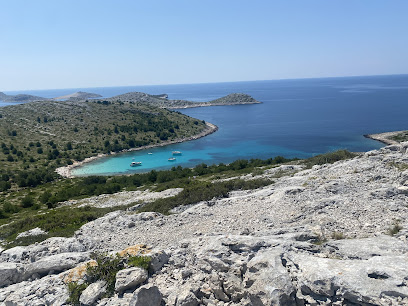
Croatian National Theatre Zadar
1.5 km
Discover the Croatian National Theatre in Zadar, a cultural landmark showcasing exceptional performing arts and rich heritage in a historic setting.
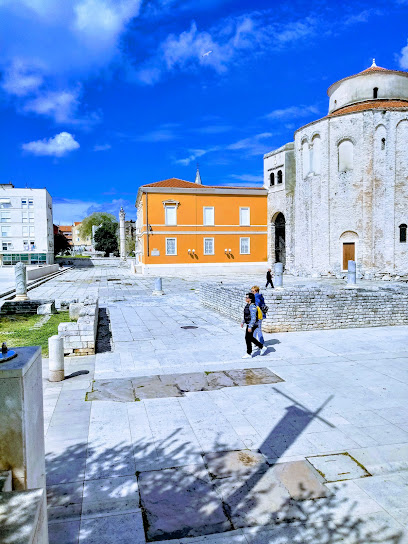
City Walls Promenade Zadar - Šetalište na Muraju
1.5 km
Discover the enchanting City Walls Promenade in Zadar, a historic landmark offering stunning sea views and a journey through time.
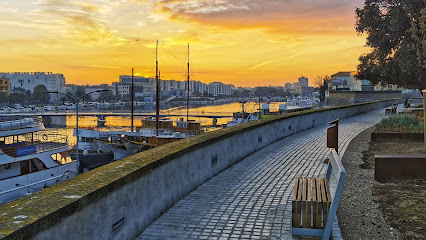
The Permanent Exhibition of Religious Art
1.6 km
Discover the beauty and significance of religious art at Zadar's Permanent Exhibition, where history and spirituality converge in a unique cultural experience.
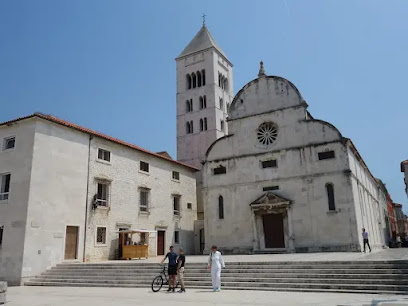
ClueGo Escape Room Zadar
1.6 km
Experience thrilling adventures at ClueGo Escape Room Zadar, where every puzzle leads to unforgettable memories in the heart of Croatia.
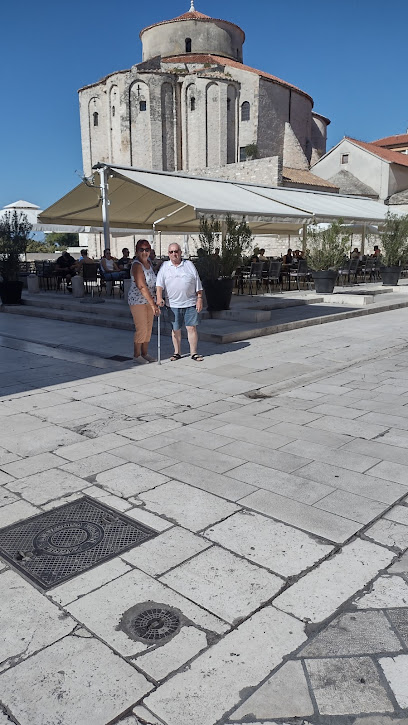
Unmissable attractions to see
Karma Zadar
0.0 km
Explore the beauty and cultural richness of Karma Zadar, a premier tourist attraction in Croatia with stunning views and vibrant local experiences.
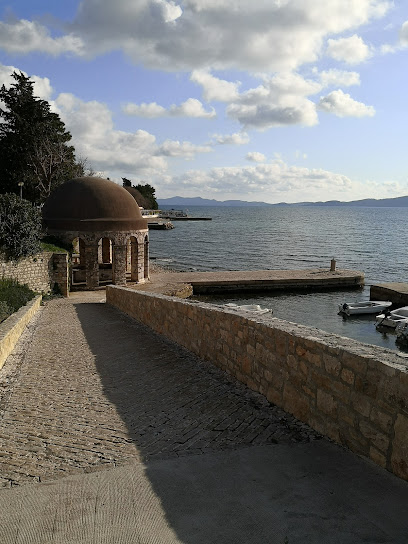
Kolovare Beach
0.2 km
Discover the beauty of Kolovare Beach in Zadar, Croatia—where relaxation meets adventure on the stunning Adriatic coastline.
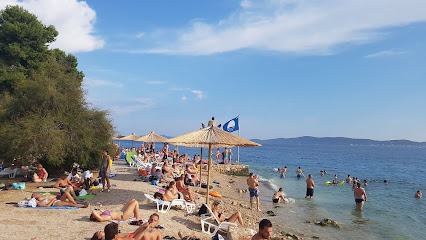
Tornado Mural
0.9 km
Discover the Tornado Mural in Zadar, a stunning display of artistic expression that celebrates nature's beauty and power amid the city's vibrant culture.
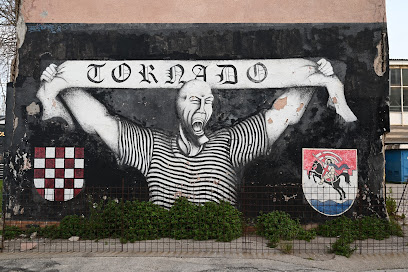
Uvala Jazine
0.9 km
Experience the serene beauty of Uvala Jazine, a tranquil bay near Zadar, perfect for relaxation and water activities on your Croatian getaway.
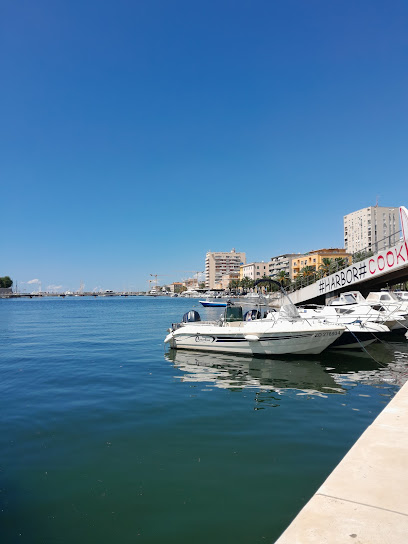
The Park of Vladimir Nazor
1.0 km
Explore the serene beauty of the Park of Vladimir Nazor in Zadar, a perfect retreat for nature lovers and families alike.
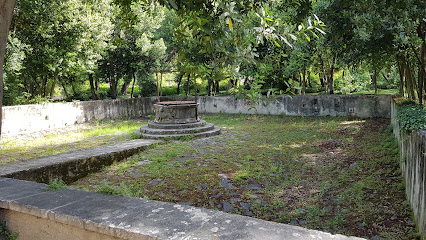
Dobro Bibe Miles
1.0 km
Explore Dobro Bibe Miles in Zadar, a serene tourist attraction blending nature and culture in a picturesque Mediterranean setting.
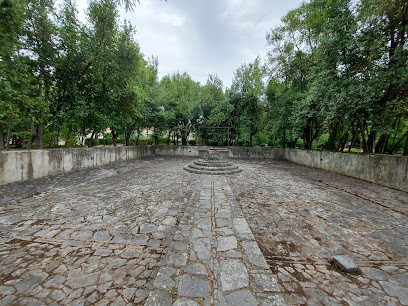
Mikado - Kornati Excursions
1.0 km
Experience the breathtaking beauty of the Kornati Islands with Mikado Excursions, your gateway to adventure in the Adriatic Sea.

Boat Tours
1.0 km
Explore the breathtaking Adriatic coast on a scenic boat tour in Zadar, where adventure meets stunning natural beauty.
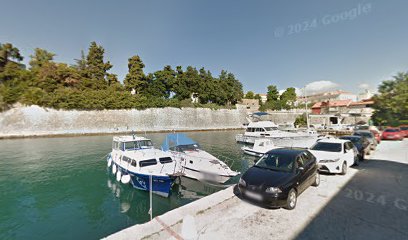
NAUTICA ZADAR
1.1 km
Experience the breathtaking beauty of the Adriatic Sea with Nautica Zadar's exceptional boat tours, perfect for every adventure seeker.
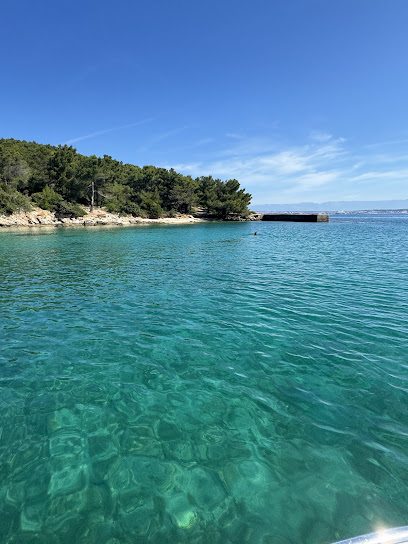
Parkbank
1.1 km
Discover tranquility in Zadar's Parkbank, a serene escape with lush greenery, perfect for relaxation, picnics, and cultural experiences.
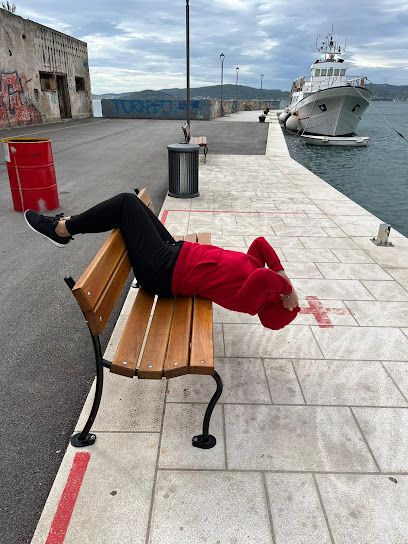
Zadar Boat Tours
1.1 km
Discover the Adriatic's best-kept secrets with Zadar Boat Tours, your gateway to breathtaking islands and serene coastal beauty.
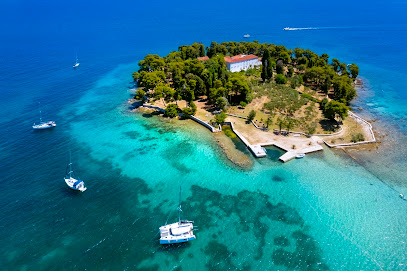
Paseo Maritimo
1.1 km
Explore the stunning Paseo Maritimo in Zadar, a picturesque marina perfect for relaxation, dining, and breathtaking Adriatic views.
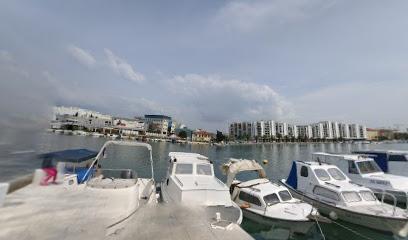
Queen Jelena Madijevka Park
1.1 km
Explore the lush greenery and tranquil beauty of Queen Jelena Madijevka Park, a serene retreat in Zadar, perfect for relaxation and exploration.
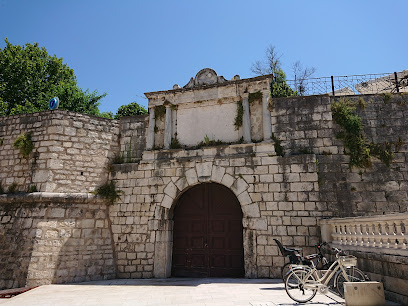
Ledana
1.1 km
Experience tranquility in the heart of Zadar at Ledana Park, a lush green oasis perfect for leisurely strolls and relaxation.
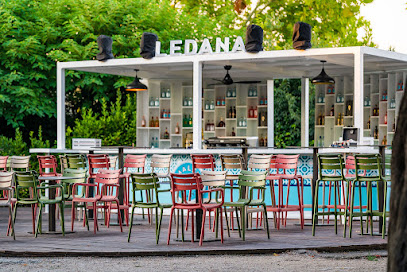
Kopnena vrata Foša Zadar
1.1 km
Discover the historical charm of Kopnena Vrata, Zadar's iconic Land Gate, a stunning symbol of the city's rich cultural heritage.

Essential places to dine
Butler Gourmet&Cocktails Garden
0.8 km
Experience exquisite Mediterranean cuisine and vibrant cocktails at Butler Gourmet & Cocktails Garden in scenic Zadar.

Providur restaurant & wine bar
1.2 km
Savor exquisite dishes and fine wines at Providur Restaurant & Wine Bar in Zadar - A true culinary experience awaits you.

PET BUNARA Dine & Wine
1.2 km
Discover the culinary delights at PET BUNARA Dine & Wine in Zadar – where local flavors meet stunning scenery.
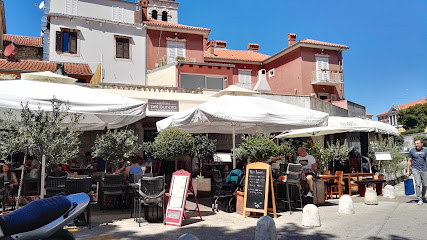
Restaurant The Taste
1.3 km
Experience the essence of Zadar at Restaurant The Taste - where local flavors meet culinary excellence in an inviting atmosphere.
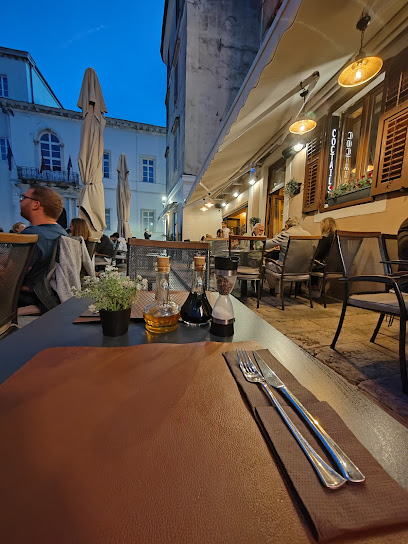
L'Osteria 12 Restaurant & Bar
1.3 km
Experience the best of Croatian cuisine at L'Osteria 12 Restaurant & Bar in Zadar – where every meal is crafted with passion and local ingredients.
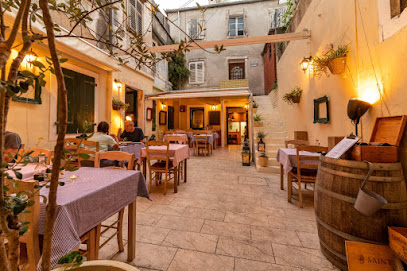
Restoran 4 Kantuna
1.3 km
Discover the best of Croatian cuisine at Restoran 4 Kantuna in Zadar—where tradition meets innovation in every delicious bite.
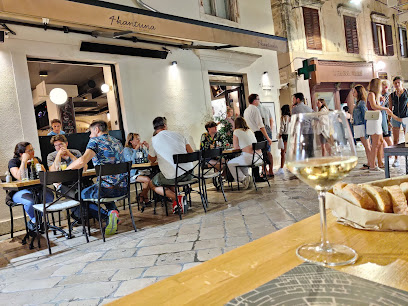
The Botanist
1.3 km
Experience exquisite plant-based dining at The Botanist in Zadar—where innovation meets nature's finest ingredients.
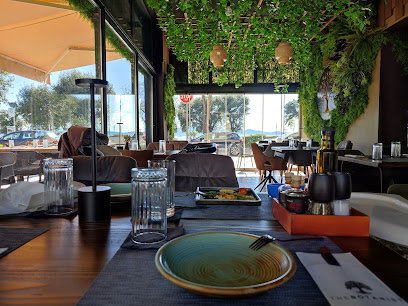
Restaurant Tinel
1.3 km
Experience authentic Mediterranean cuisine at Restaurant Tinel in Zadar - where local ingredients meet exquisite flavors.
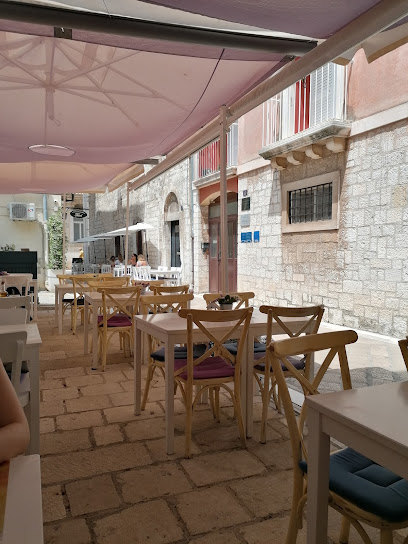
Eden Gastro & Bar
1.4 km
Discover culinary excellence at Eden Gastro & Bar in Zadar – where vibrant flavors meet stunning surroundings.
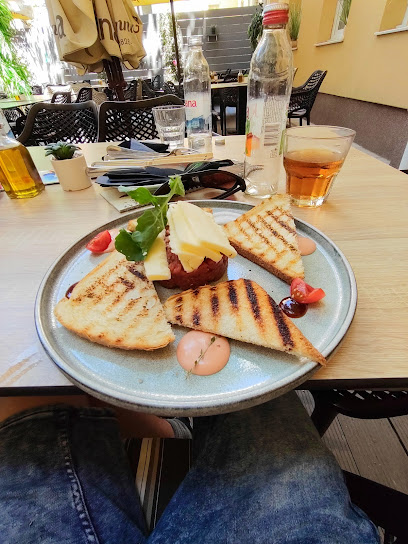
Kapric restaurant & bar
1.4 km
Discover exquisite dining at Kapric Restaurant & Bar in Zadar, blending local flavors with modern cuisine for an unforgettable experience.
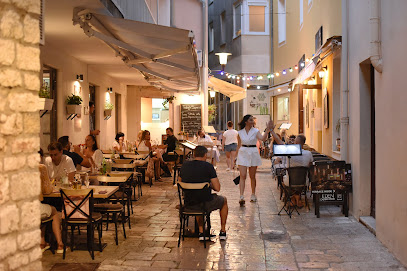
Restaurant Malo Misto
1.4 km
Experience authentic Croatian cuisine at Restaurant Malo Misto—where traditional flavors meet modern dining in Zadar.
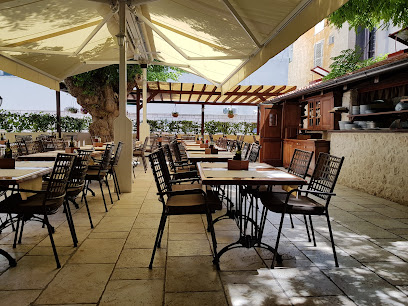
Restoran Bruschetta
1.5 km
Discover culinary delights at Restoran Bruschetta in Zadar – where Mediterranean flavors meet exceptional service in a charming atmosphere.
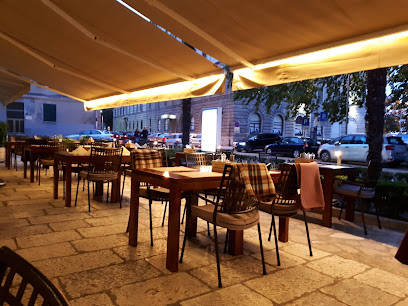
La Famiglia
1.5 km
Experience authentic Italian cuisine at La Famiglia in Zadar - where every dish tells a story of tradition and flavor.
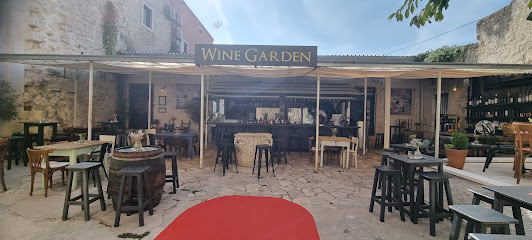
Ristorante Al Pacchero
1.6 km
Discover authentic Italian cuisine at Ristorante Al Pacchero in Zadar - where every dish tells a delicious story.
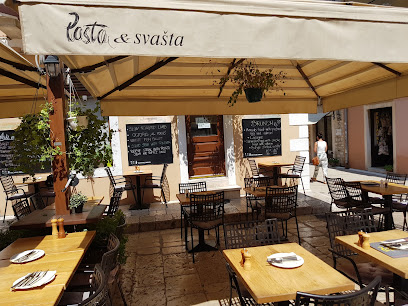
Bueno Trattoria
1.6 km
Experience authentic Croatian flavors at Bueno Trattoria in Zadar – where tradition meets taste in every delicious dish.

Markets, malls and hidden boutiques
Zadar Shopping Capitol
0.5 km
Discover Zadar Shopping Capitol, where diverse shopping experiences meet delightful dining in the heart of Croatia's historic city.
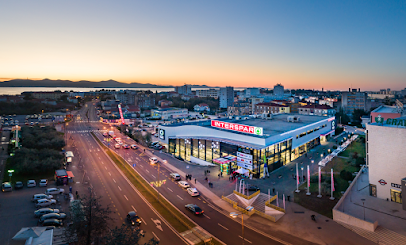
City Galleria
0.7 km
Experience shopping and leisure at City Galleria, Zadar's premier mall with diverse shops, cafes, and family-friendly entertainment.
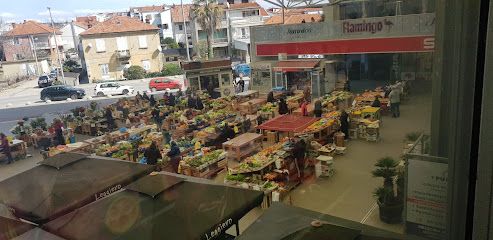
Boutique Step By Step
0.7 km
Discover unique fashion treasures at Boutique Step By Step in Zadar – where local style meets contemporary elegance.

Tiramol HR
0.7 km
Discover unique local crafts and stylish designs at Tiramol HR, a boutique treasure in Zadar, Croatia.
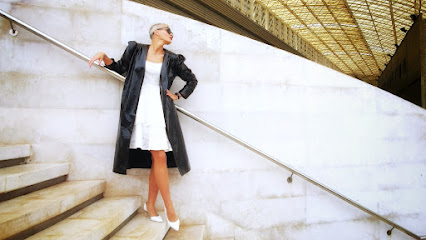
BlueNautiC fashion & more, Zadar
0.7 km
Explore BlueNautiC in Zadar for unique clothing that captures the essence of coastal fashion, perfect for every tourist's wardrobe.
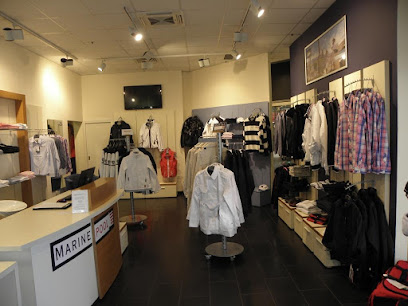
adidas Store Zadar, Galleria
0.8 km
Explore the Adidas Store in Zadar for the latest in sportswear, footwear, and stylish athletic gear for the whole family.

Karma Souvenirs
1.0 km
Discover unique gifts that celebrate the spirit of Zadar at Karma Souvenirs, your premier gift shop for quality Croatian crafts.
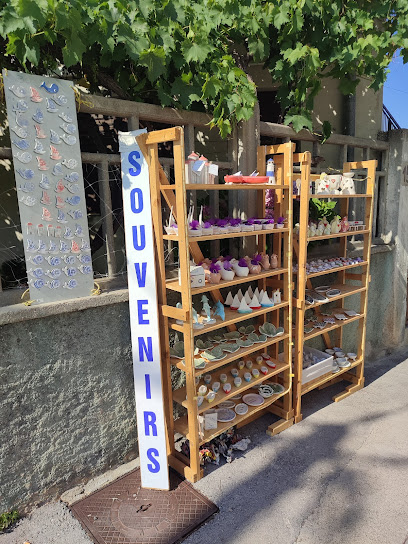
Darovni dućan Malta, Zadar
1.3 km
Explore Darovni dućan Malta in Zadar for unique souvenirs and clothing that capture the essence of Croatian culture and heritage.
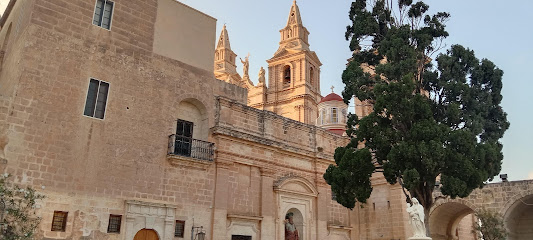
Cigar Shop Cuba Libre
1.3 km
Discover the finest selection of premium cigars at Cigar Shop Cuba Libre in Zadar, where quality meets tradition in a cozy atmosphere.
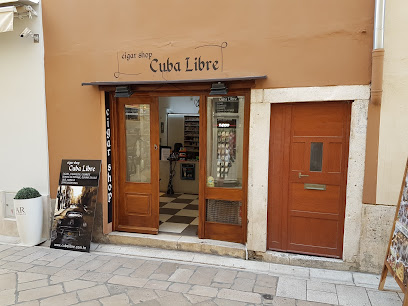
Antik & vinyl shop
1.3 km
Explore Zadar's Antik & Vinyl Shop, a quaint haven of vintage books and records, perfect for collectors and casual visitors alike.
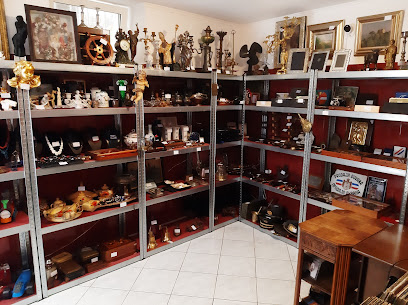
SOHO
1.3 km
Explore SOHO in Zadar for unique gifts and local crafts that embody Croatian culture and creativity.
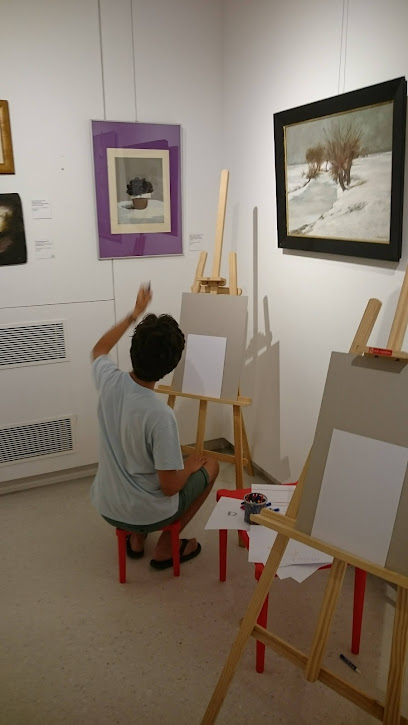
5 Star Store
1.3 km
Explore Zadar's vibrant fashion scene at 5 Star Store, where style meets quality in a remarkable selection of clothing and accessories.

Garica CBD Shop Zadar
1.3 km
Discover Garica CBD Shop in Zadar, where quality meets expertise in a welcoming environment for all cannabis enthusiasts.
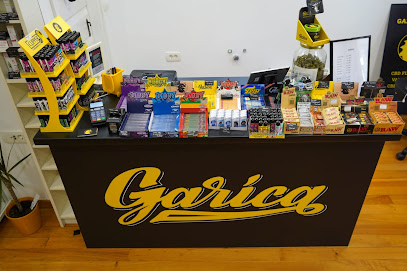
Studio Limun Croatian design store
1.3 km
Experience the creativity of Croatia at Studio Limun, Zadar's premier design store for unique souvenirs and local art.
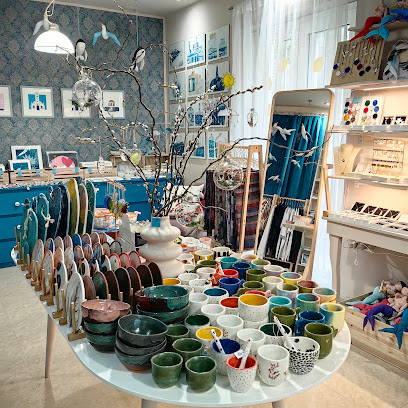
Boutique (Aki) Valentino Moda.=ulica,Mihe kliaica. 7
1.3 km
Explore boutique fashion at Valentino Moda in Zadar, Croatia, where elegance meets contemporary style in a charming shopping experience.
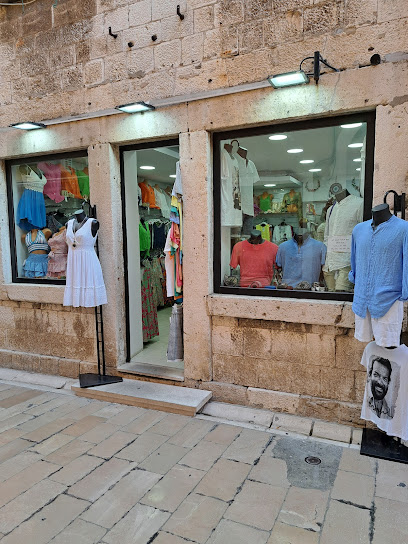
Essential bars & hidden hideouts
Svarog Bar
1.2 km
Discover Zadar's nightlife at Svarog Bar, where vibrant vibes and exquisite drinks create the perfect atmosphere for a memorable evening.
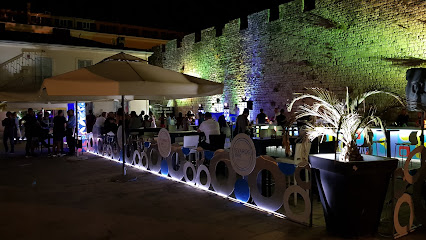
The Factory Bar
1.2 km
Experience the lively atmosphere and diverse drink menu at The Factory Bar, a must-visit spot for tourists in Zadar.
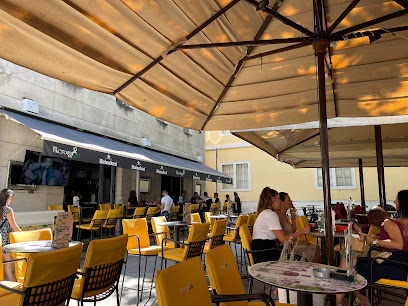
Down Town
1.2 km
Experience the lively ambiance of Down Town Zadar, a bar and café with delicious drinks, light bites, and complimentary Wi-Fi in the heart of the city.
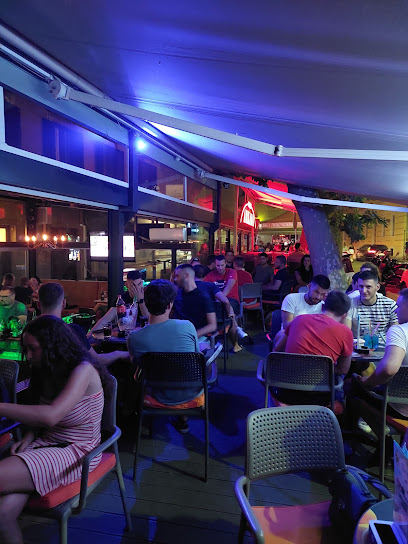
MYSTIQUE bar & more
1.2 km
Experience the vibrant nightlife at MYSTIQUE Bar & More, the perfect blend of ambiance, exquisite drinks, and friendly service in Zadar.
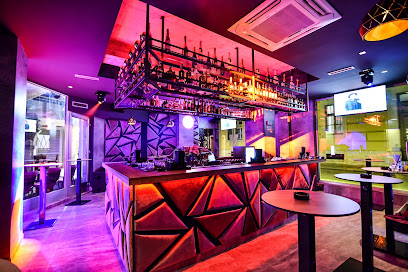
Teatro Bar
1.2 km
Discover the lively Teatro Bar in Zadar, where innovative cocktails meet vibrant atmosphere for an unforgettable night out.
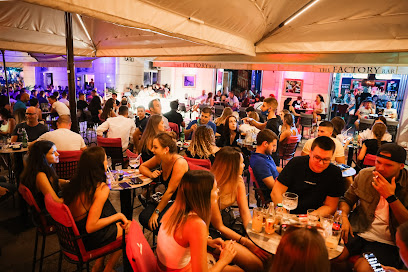
Frenky Bar
1.3 km
Experience the vibrant nightlife of Zadar at Frenky Bar, where cocktails and camaraderie blend in an unforgettable atmosphere.
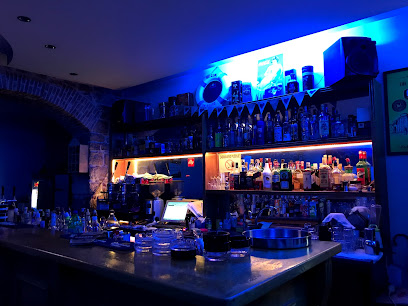
Toni
1.3 km
Discover the vibrant atmosphere of Toni, a must-visit bar in Zadar, offering delightful drinks and a social setting for every traveler.
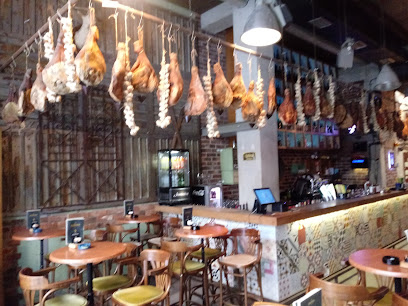
Dolce Vita caffe- Mojitos & Cuba Libres
1.4 km
Discover the lively atmosphere of Dolce Vita Caffe in Zadar, offering exquisite Mojitos and Cuba Libres amidst a vibrant nightlife.
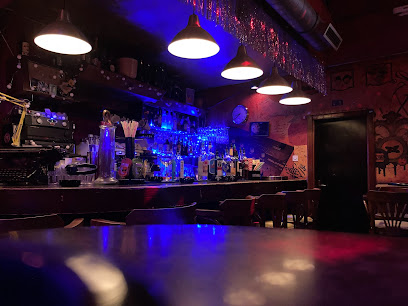
Gray Bar
1.4 km
Discover the vibrant atmosphere of Gray Bar in Zadar, where refreshing drinks and a lively ambiance await in the heart of the city.
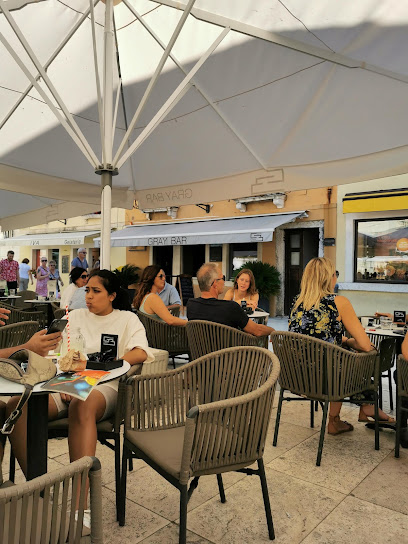
Caffe Bar Kult
1.4 km
Experience the vibrant nightlife of Zadar at Caffe Bar Kult, your go-to bar for great drinks and a lively atmosphere.
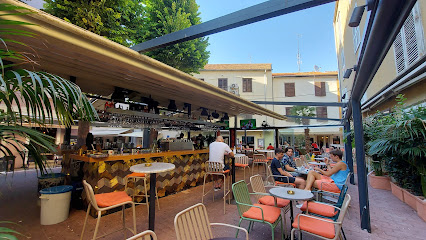
Wine bar Dišpet
1.4 km
Experience the essence of Zadar at Wine Bar Dišpet, where local wines and a cozy atmosphere create unforgettable moments.

RIO bar
1.4 km
Discover the lively spirit of Zadar at RIO Bar, where exceptional cocktails and a vibrant atmosphere await you.
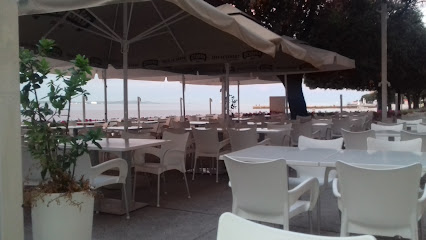
Deja Brew Pub Zadar
1.4 km
Experience Zadar's vibrant nightlife at Deja Brew Pub, where craft beers and a lively atmosphere await every visitor.
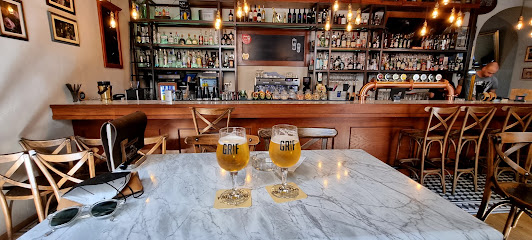
Bastini wine & cocktail bar
1.5 km
Discover Bastini Wine & Cocktail Bar in Zadar for an exquisite selection of local wines and creative cocktails in a cozy atmosphere.

BackStage Bar Pub Zadar
1.7 km
Discover the lively ambiance and diverse menu at BackStage Bar Pub Zadar, a top spot for drinks and great food in the heart of the city.
